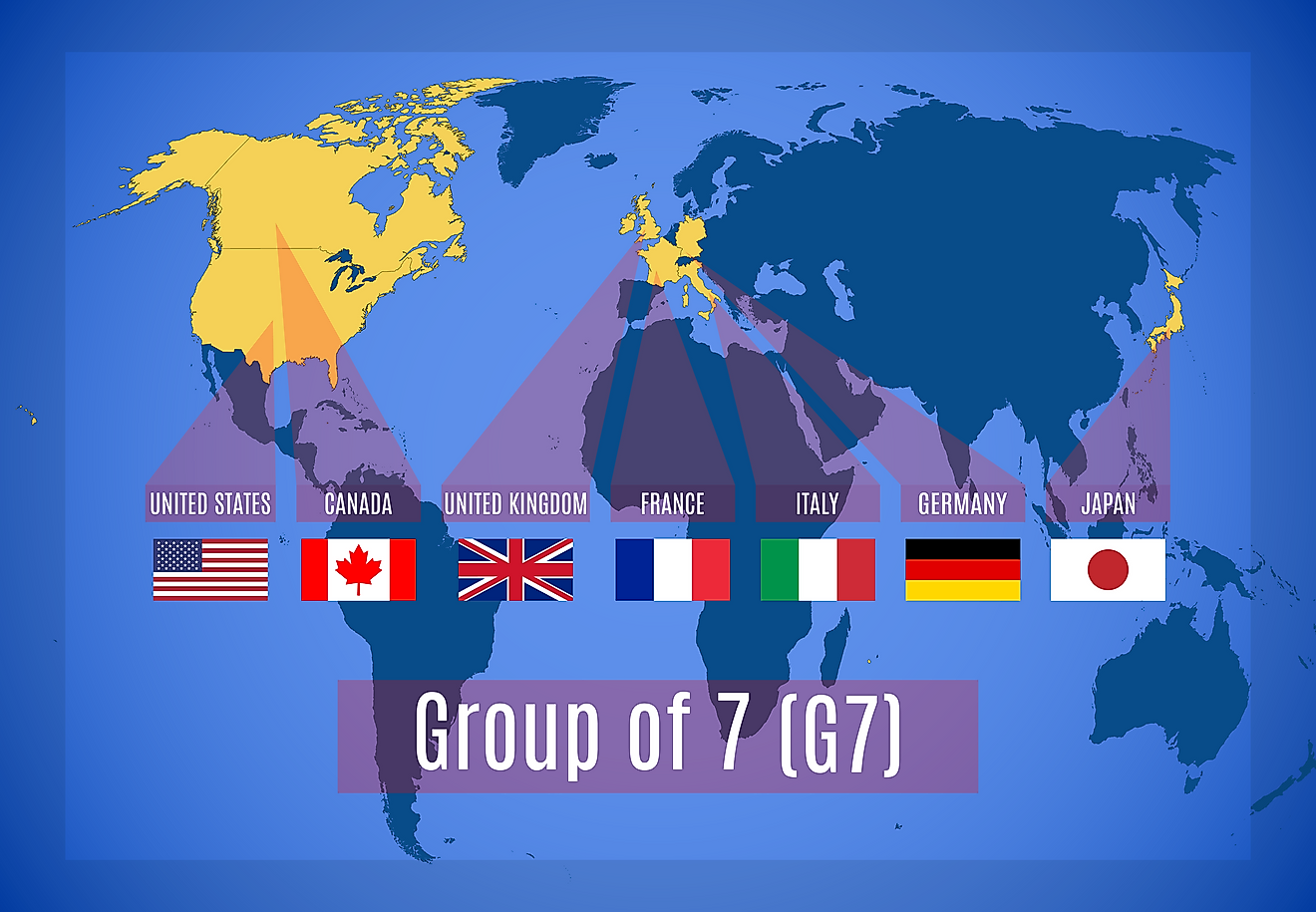What Type Of Government Does Trinidad And Tobago Have?

Trinidad and Tobago is a unitary state whose parliamentary democracy is similar to that of Great Britain and Ireland. Trinidad and Tobago was occupied by various powers including Spain, Dutch, French, Courlanders, and eventually the British. The state became independent in 1962 and was declared a Republic in 1976.
The Executive Branch Of The Government Of Trinidad And Tobago
Trinidad and Tobago have both a President and a Prime Minister. An electoral college is mandated to elect the President, and it is composed of members of the House of Representatives as well as the Senate. The Constitution vests executive authority on the President who also serves as the commander-in-Chief of Trinidad and Tobago's armed forces. The president further gives assent to Bills and proclaims specific pieces of legislation. The country's President also appoints Senators and other officials such as the Attorney General and High Commissioners. Other duties of the President of Trinidad and Tobago include granting pardons, proclaiming state of emergencies, and dissolving the Parliament. The President chooses a Prime Minister from the elected members of Parliament. In practice, the chair of the winning party is chosen. The Prime Minister subsequently nominates members of the Cabinet for the president's approval. The Prime Minister acts as the cabinet's head and coordinates the work of the ministries.
The Legislative Branch Of The Government Of Trinidad And Tobago
The country’s Parliament has two chambers. 41 members sit in the lower house which is the House of Representatives. These members represent single-seat constituencies for a five-year term. The House of Representatives official seat is in Port of Spain in what is known as the Red House. The speaker has a deputy and oversees the chamber’s sessions. The latest election in 2015 saw the People’s National Movement get the most seats of 23. The People’s Partnership Coalition has 18 seats. 31 members sit in the Senate, and 16 of them are appointed based on the advice of the Prime Minister. Six Senators are from the opposition and are appointed with guidance from the Leader of the Opposition. Nine independent Senators receive their appointment from the President and are tasked to represent the interests of other sectors of the civil society.
The Judicial Branch Of The Government Of Trinidad And Tobago
Trinidad and Tobago has a hierarchical judiciary structure and at its helm is the Supreme Court of Judicature. The Prime Minister and the leader of opposition advise the President on choosing the Chief Justice. The Chief Justice is the head of the judiciary. The Supreme Court is composed of the High Court in addition to a Court of Appeal. The magistracy has separate civil and criminal courts having original jurisdiction and headed by a Chief Magistrate. Final appeal in some particular matters is given by the Judicial Committee of the Privy Council which sits in London. Members of Caricom chose Trinidad and Tobago to be home to the Caribbean Court of Justice (CCJ), an institution intended to replace the Judicial Committee of the Privy Council. The government has however faced difficulties in instituting the necessary legislation to establish the CCJ.
Administration Of Trinidad And Tobago
Trinidad has five municipalities namely San Fernando, Arima, Port of Spain, Point Fortin, and Chaguanas and further nine Regional Corporations which include Siparia, Diego Martin, Rio Claro-Mayaro, Princess Town, Tunapuna-Piarco, and Penal-Debe. Local governance in Tobago is managed by the Tobago House of Assembly.











